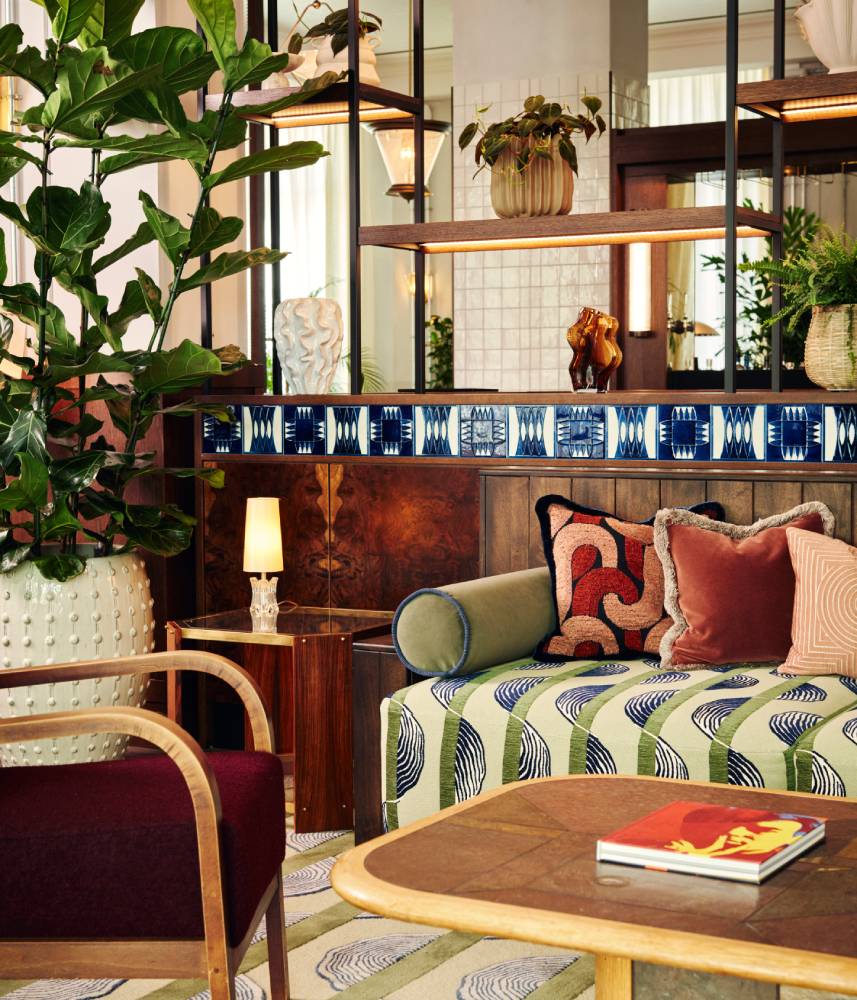Mix Talking Point: Has the flexible office gone too far?
Despite flexibility remaining an important factor in a world of hybrid working and future-proof spaces, are we beginning to over-engineer our offices?

Words: Charlotte Slinger
It’s no secret that the workplace as we once knew it has entirely changed since the pandemic, and as our professional environment evolves, employers and designers alike are continuously fine-tuning our offices, pursuing the workplace equivalent of the ‘Goldilocks zone’.
In fact, certain schemes are now dedicated to curating the most efficient, adaptable and ergonomic workspace possible, a prime example being M Moser’s futuristic living labs. As employees work at both its Amsterdam and Paris outposts, data is constantly gathered on everything from preferred temperature settings to occupancy rates, identifying patterns that then feed into M Moser’s work. This data collection not only aids in tailoring the space to its own staff base, but also provides insights that the studio applies to workplace projects it creates for others.
With flexibility fast becoming one of the most sought-after qualities in contemporary office design, simple workstations are now being replaced with entire multi-use floors that double as coworking zones, staff lounges, cafés and event spaces. However, this multi-purpose approach means everyday workspaces can risk becoming murky and ill-defined, begging the question: are we trying to do too much? And if so, should we continue to bend over backwards for the ‘flexible office’?

The productivity paradox
Tech giant Microsoft coined the phrase ‘productivity paranoia’ with a 2022 study examining the brave new world of remote and hybrid working. Exploring this growing phenomenon, the study found that 85% of managers weren’t confident that their staff were being productive following the shift to hybrid work. At the same time, however, 87% of employees felt they are just as productive when working remotely or in a hybrid capacity, and Microsoft also reported the number of online meetings per week as steadily increasing by 153% since 2020.
In some instances, flexible office policies therefore seem to be producing a paradoxical effect on the way we view work and productivity; while certain employers aren’t trusting their staff to get the job done when working from home, employees are simultaneously feeling the pressure to go above and beyond to prove that they are. This productivity paranoia can lead to staff actually working longer hours and feeling the need to be constantly reachable, even if this falls outside of their contract or job description. Short of installing monitoring software on employee’s devices (a practice that is controversial), it therefore seems that the successful hybrid office requires a certain level of trust and established boundaries to function well – something many companies are still working on.

A culture of collaboration
As well as always being digitally accessible in the age of hybrid working, the growing demand for flexible office space means that many of us are also more physically accessible than ever. Contemporary workplace concepts continue to make collaboration and flexibility a key priority, and trends in office design include breaking down outdated cubicle walls to introduce multi-use spaces and coworking floors constructed with moveable, modular furniture. And while these versatile, often open-plan layouts certainly aid collaboration and encourage staff to interact with one another, this can arguably come at the detriment of privacy and a sense of structure to our workday.
For instance, sharing a breakout zone with colleagues may be ideal for creative brainstorming, but when it’s time to get our heads down and get the work done, most people need a quiet, focused space to work. This may not be feasible on a busy coworking floor, and if the bookable meeting pods in your office are all occupied, you may find yourself interrupted by team members approaching you with questions or distracted by background noise from the neighbouring staff lounge that is currently doubling as a presentation space.
As workplace design continues to evolve in an increasingly competitive market, the successful flexible office is all about achieving and maintaining this careful equilibrium. Architects, designers and employers must all deliver a balance of private and communal spaces, in-person and virtual interactions, fluidity and structure – until they create a space that feels ‘just right’.

